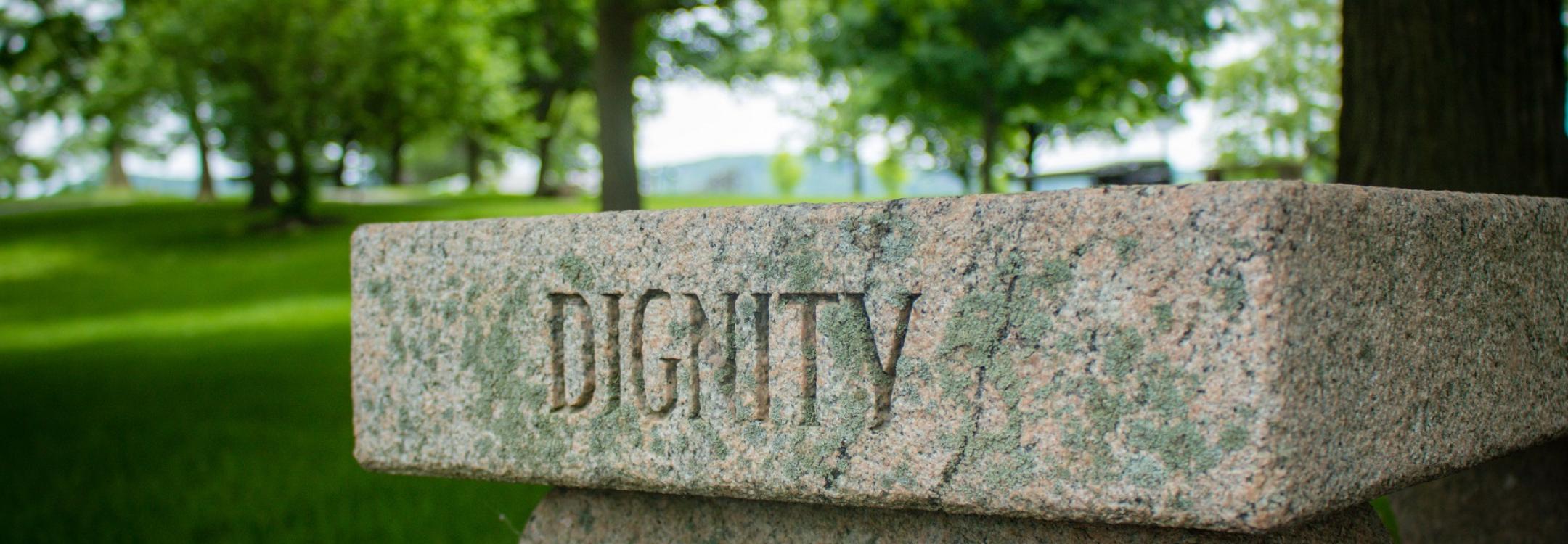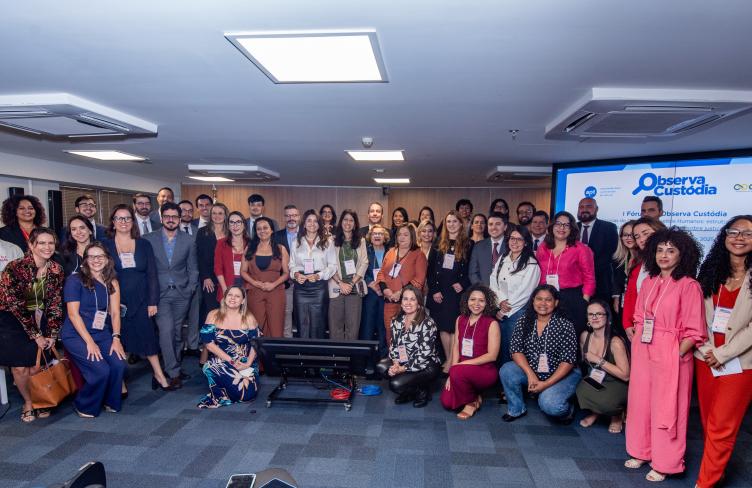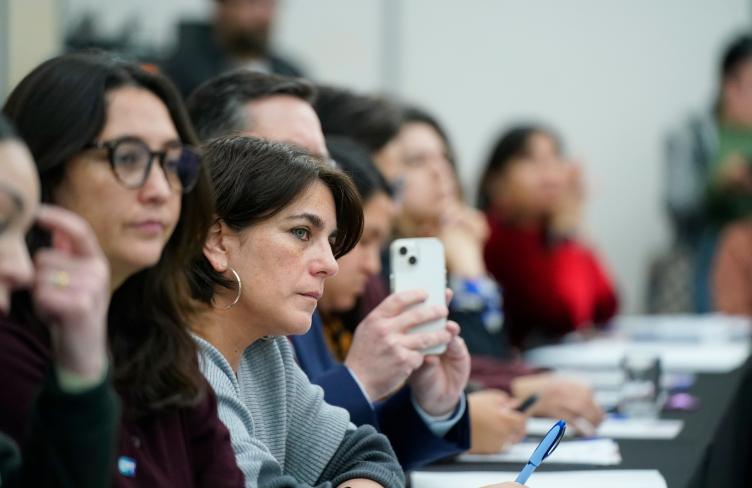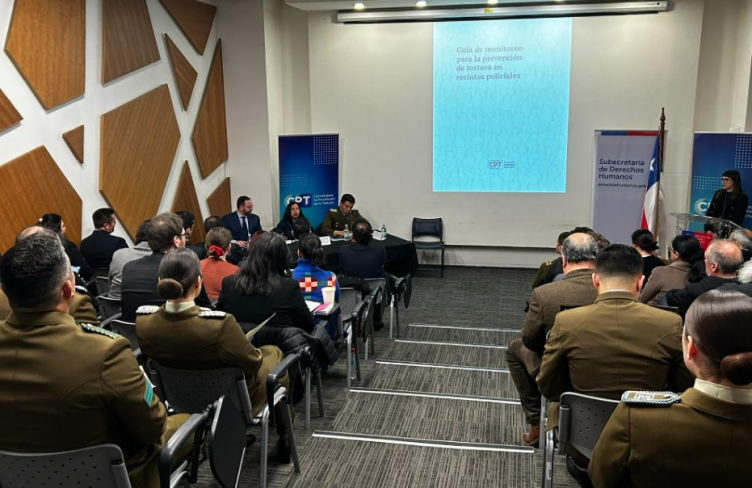
A few years ago, I visited a prison together with a National Human Rights Commission. In this prison detention conditions were good, detainees had access to work and education and workshops were equipped with computers – but all persons were under the constant surveillance of 800 CCTV cameras.
Cameras were placed everywhere: in the cells, in the bathrooms, in the room for family visits, in the courtyard, in the corridors...The atmosphere of de-humanisation of this prison left a very strong impression on me. In the name of security, detainees had not only lost their privacy but they had lost their dignity.
Safety and order is essential in prison, but at what cost? Under what conditions can security measures such as body searches, isolation and classification of prisoners be considered as necessary in order to protect the security of the prison – of the detainees, of personnel and of the visitors? What is the threshold converting the use of handcuffs from a legitimate use to a humiliating or degrading treatment?
“Balancing security and dignity in prisons” is the issue addressed by a joint publication launched today by Penal Reform International and APT. It aims at enabling monitoring bodies that visit places of detention to better identify risks of overemphasis on security concerns over respect for dignity, and to better analyse whether security measures are legal, necessary and proportionate.
Security and dignity are not contradictory. Prisons can be both safe and secure places and protect the human dignity of its detainees. This has to be reaffirmed, in particular in the context of increased public and media demands for more security and tough-on-crime policies.
Ultimately, the goal of a more secure society will only be achieved through a criminal justice system that is fair and just, and where the dignity of all detained persons is respected.


